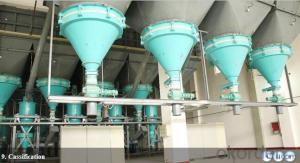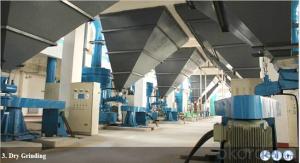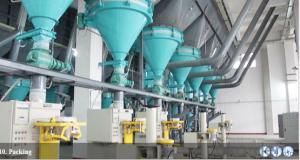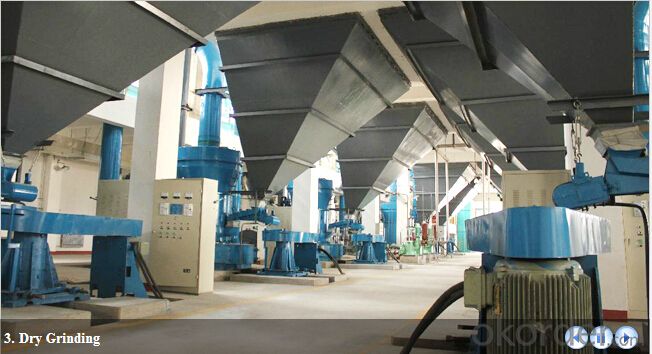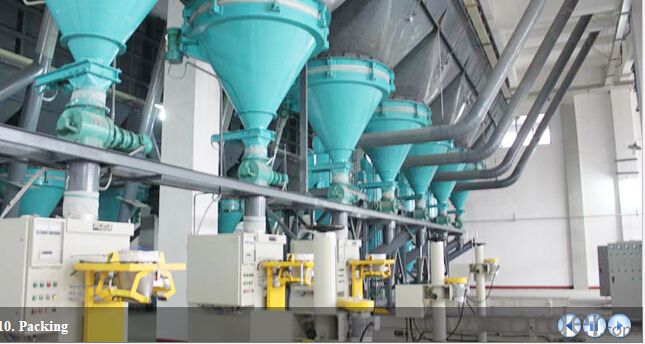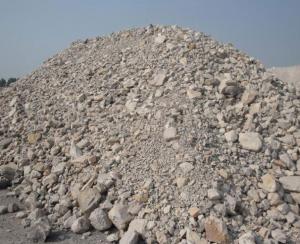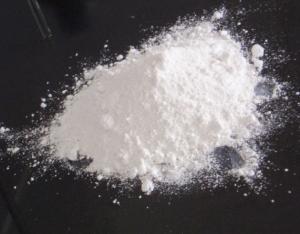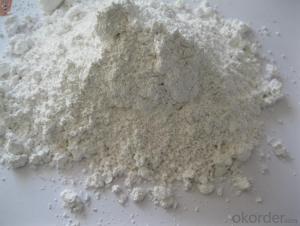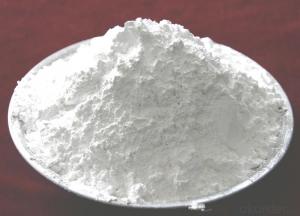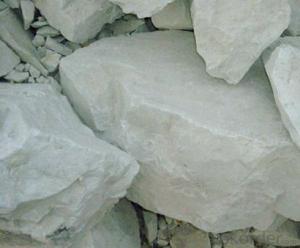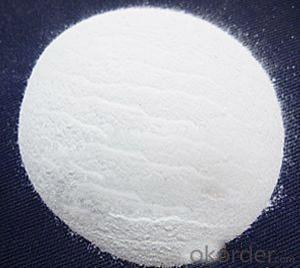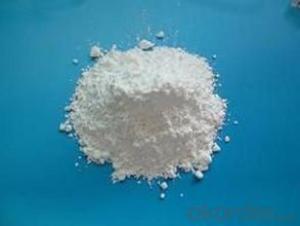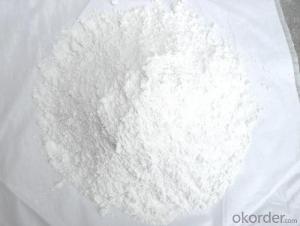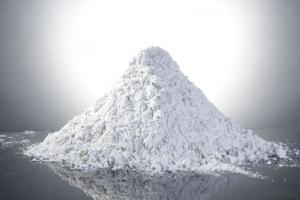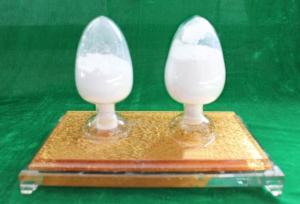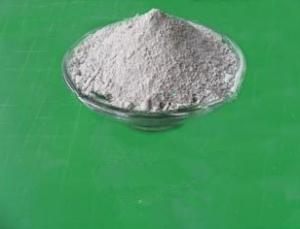CALCINED KAOLIN FOR CERAMICS (GB-CK80) INDUSTRY
- Loading Port:
- Tianjin
- Payment Terms:
- TT OR LC
- Min Order Qty:
- 25 m.t.
- Supply Capability:
- 12000 m.t./month
OKorder Service Pledge
Quality Product, Order Online Tracking, Timely Delivery
OKorder Financial Service
Credit Rating, Credit Services, Credit Purchasing
You Might Also Like
 4.Application
4.Application
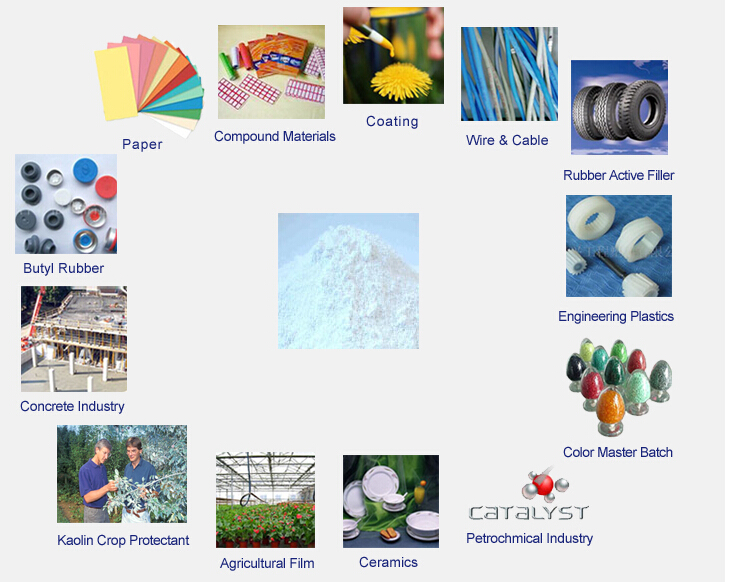
- Q: How to remove the kaolin from the stone?
- Kaolin has strong acid resistance, but its alkali resistance is poor. Try using this nature!
- Q: How to distinguish kaolin?
- Pure kaolin with high whiteness, soft, easy to disperse in water, suspended in plasticity and good adhesion, high excellent electrical insulation properties; has good acid soluble cationic, low resistance and other physical and chemical properties, better exchange.
- Q: Steam is used to open the pores, open the state, with kaolin mask will not plug the pores?
- With a small spoon to make two small spoon seaweed to small bowl, then add 1:4 water or Zogu water, 1 teaspoon of seaweed plus 4 spoon of water, mixing water at the same access mask stick to beat the egg, then you will find algae release a lot of collagen out oh.
- Q: Is the kaolin used in Longquan celadon?
- In fact, the traditional Longquan celadon products is not the pursuit of what body transparent, the so-called "thin eggshell glaze" is to rely on manual trimming, repeated glazing products to shiny jade texture, rather than relying on the original material characteristics to show. You can go to the museum to see the old Longquan celadon products. None of them are made of kaolin.
- Q: What kind of pottery does kaolin need?
- To see the production of the product is the grade, senior tableware to senior kaolin, sanitary ware, building materials and ceramic products with low-grade kaolin on the line, in fact, ceramic raw materials, in addition to feldspar and quartz and other raw materials are more or less containing kaolin ingredients, so not to say only a kaolin ceramic material
- Q: How to distinguish between light calcium carbonate and calcined kaolin?
- Hello landlord! Light calcium carbonate (Light Calcium Carbonate), also known as precipitated calcium carbonate (Precipitated, Calcium, Carbonate, referred to as PCC). Light calcium carbonate is prepared by chemical process. Because its settling volume (2.4-2.8mL/g) is larger than that of heavy calcium carbonate produced by mechanical methods (1.1-1.9mL/g), it is called light calcium carbonate.
- Q: Know the proportion of kaolin slurry, how to calculate the content of pure kaolin?
- Kaolin does not have a fixed specific gravity value, depending on the number of elements contained. The general proportion of kaolinite is 2.6 - 2.8, while kaolin is formed by the weathering of kaolinite. Specific contain three oxidation two aluminium how many, should send laboratory to undertake analysis.
- Q: What's the difference between kaolin and clay?
- Kaolin is mainly composed of less than 2 microns of small flaky, tubular, laminated and other kaolinite cluster mineralsKaolinite minerals: cluster by kaolinite, dickite, nacrite, halloysite etc., chemical formula and ideal for AL2O3-2SiO2-2H2O, the main mineral is kaolinite kaolinite and kaolinite mineral water, in addition to the cluster, and montmorillonite, illite, Ye Lashi, quartz and feldspar and other minerals associated with the chemical constituents in the kaolin. Contains a large number of AL2O3, SiO2 and a small amount of Fe2O3, TiO2, Na2O, K2O and trace amounts of CaO and MgO.
- Q: How to identify kaolin?
- Washed out kaolin can produce many unexpected consequences when used in the deployment of other raw materials.
- Q: What are the requirements for the whiteness of calcined kaolin in the coating formula?
- The finer the fineness of kaolin, the smaller the particle size, the greater the oil absorption, the more likely to lose the brightness of the coating.
Send your message to us
CALCINED KAOLIN FOR CERAMICS (GB-CK80) INDUSTRY
- Loading Port:
- Tianjin
- Payment Terms:
- TT OR LC
- Min Order Qty:
- 25 m.t.
- Supply Capability:
- 12000 m.t./month
OKorder Service Pledge
Quality Product, Order Online Tracking, Timely Delivery
OKorder Financial Service
Credit Rating, Credit Services, Credit Purchasing
Similar products
Hot products
Hot Searches
